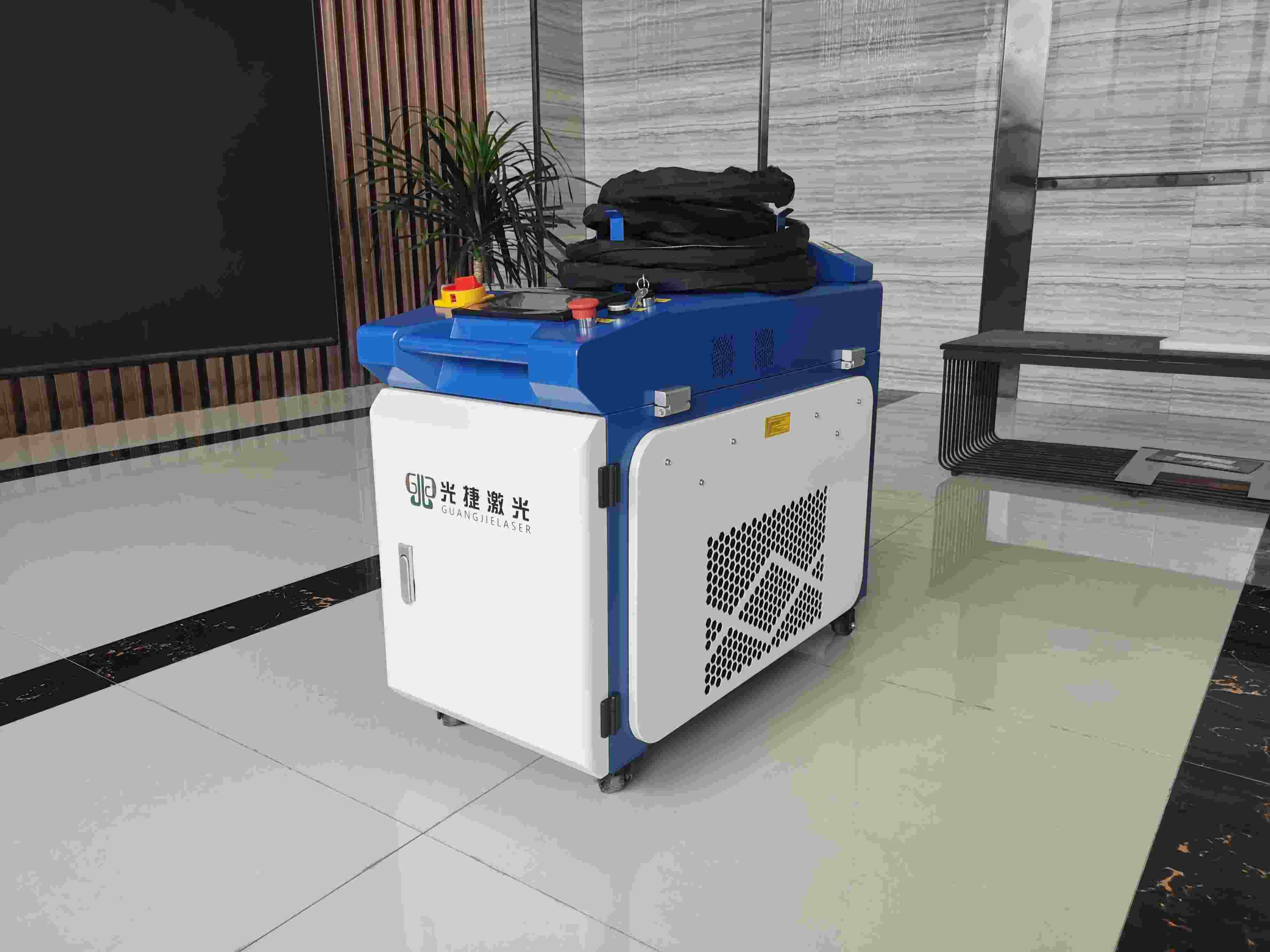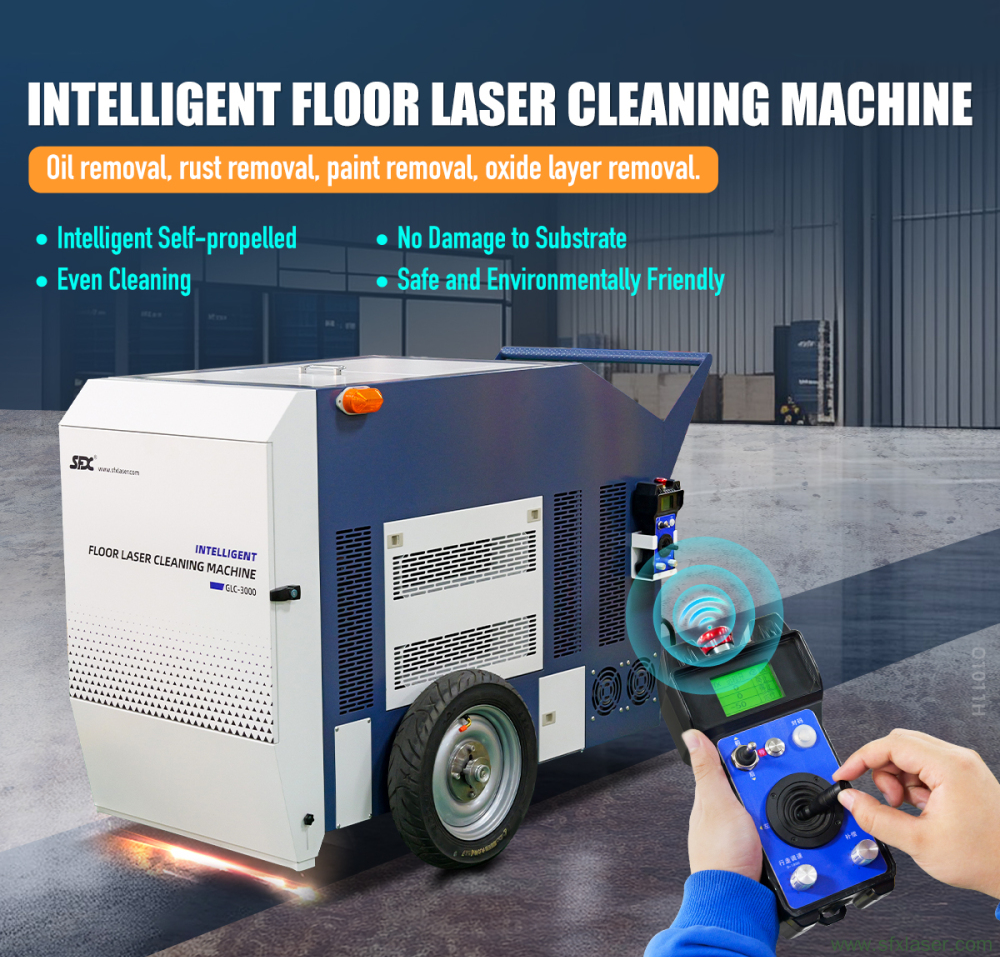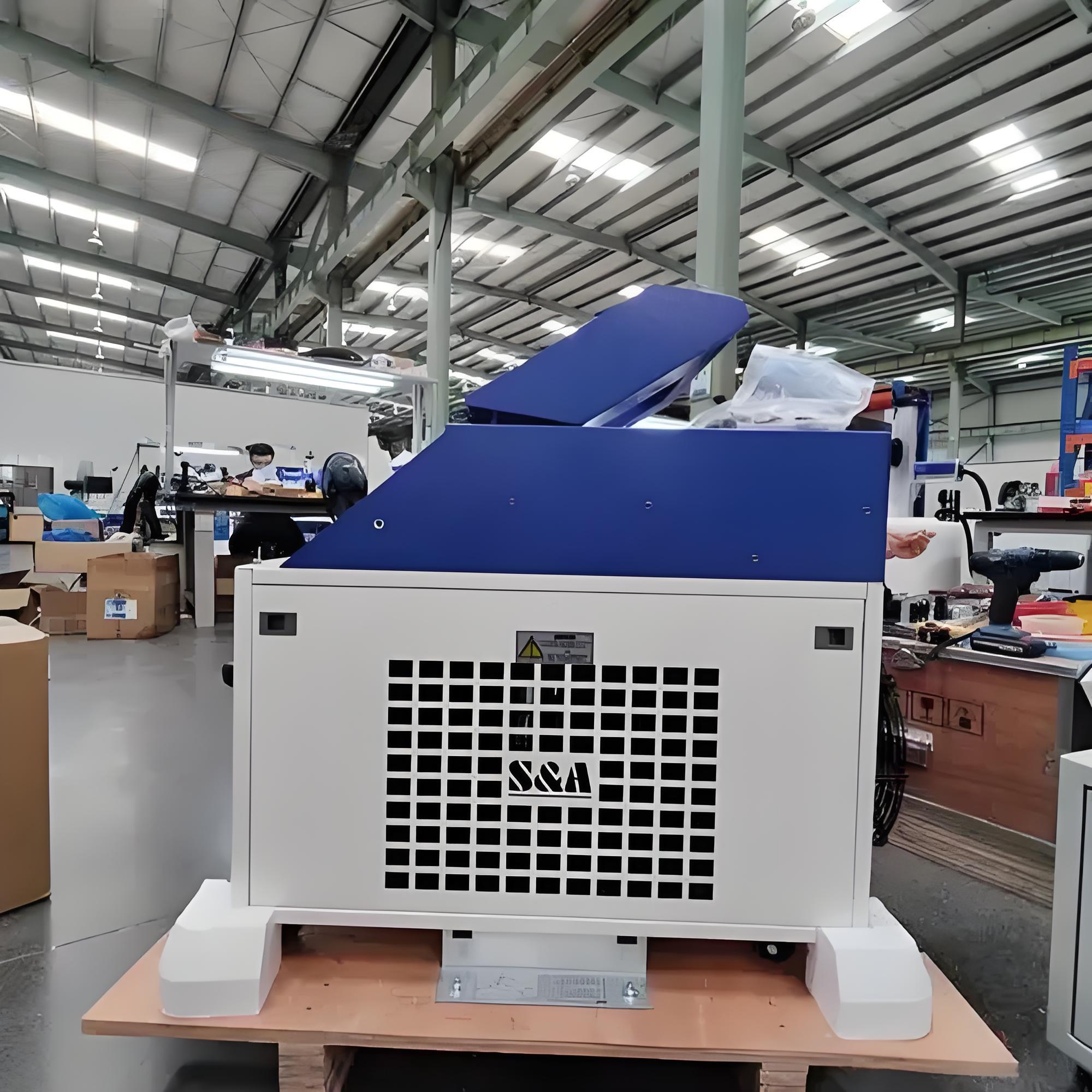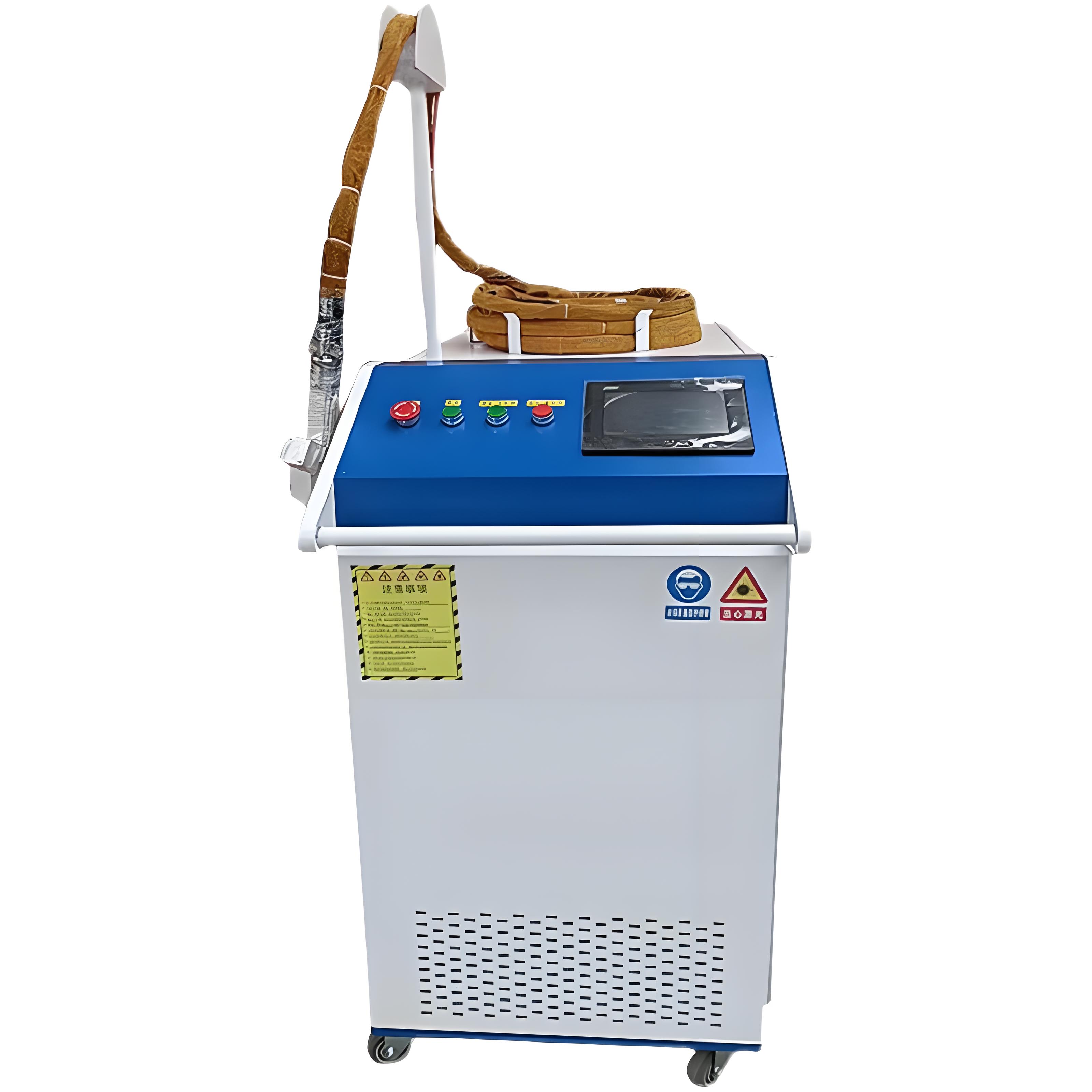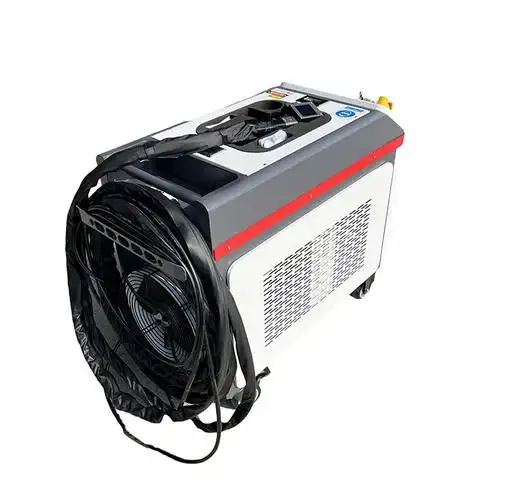As someone who’s been knee-deep in the world of industrial metal cleaning for over 15 years, I’ve had countless conversations with engineers, fabricators, and hobbyists about the ins and outs of laser rust removal. It’s a technology that’s revolutionized how we restore metal surfaces, but one question keeps surfacing: Does laser rust removal affect a metal’s electrical conductivity? It’s a fair concern, especially for those working in industries like electronics, automotive, or aerospace, where conductivity is critical. Drawing from my hands-on experience and technical knowledge, I’ll dive into how laser rust removal works, its impact on metal properties, and what you need to know to ensure your projects stay on track. Let’s get to the bottom of this.
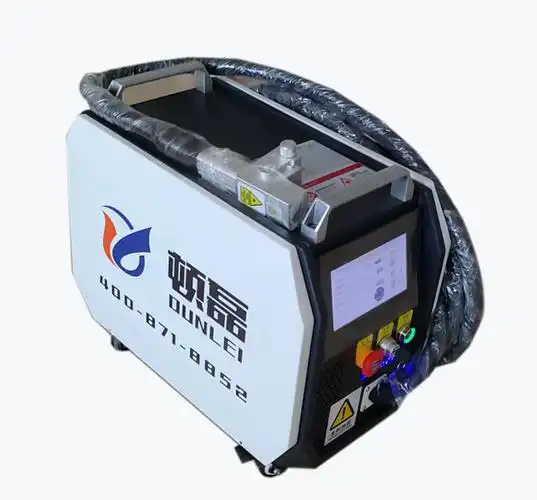
How Laser Rust Removal Works
Before tackling the conductivity question, let’s break down what happens during laser rust removal. I’ve worked with these machines in settings ranging from shipyards to small restoration shops, and the process is fascinating. A laser rust removal machine uses a high-energy laser beam—typically a fiber laser—to vaporize rust, oxides, or contaminants from a metal surface. The laser’s energy is absorbed by the rust, which has a lower ablation threshold than the metal, causing it to evaporate or turn into plasma without significantly affecting the underlying material.
Here’s why this matters: The process is non-contact and selective. Unlike sandblasting or chemical cleaning, which can remove material or alter the surface, laser cleaning is designed to target only the unwanted layers. In my experience, this precision is what makes lasers so appealing for delicate or high-stakes applications. But does this precision extend to preserving properties like conductivity? Let’s explore.
What Is Metal Conductivity, and Why Does It Matter?
Electrical conductivity measures how easily a metal allows electricity to flow through it. It’s a critical property for components in circuit boards, electrical connectors, or even structural parts in industries where grounding is essential. Metals like copper, aluminum, and steel are chosen for their conductivity, but surface conditions—like rust, oxides, or heat damage—can interfere.
I’ve worked with clients in electronics manufacturing who were worried that cleaning processes might degrade their components’ performance. Rust, for example, is a poor conductor, so removing it should theoretically improve conductivity. But the question is whether the laser itself introduces changes—through heat, surface alterations, or material loss—that could compromise this property.
Does Laser Rust Removal Affect Conductivity?
The short answer, based on my years of testing and observing laser cleaning in action, is: In most cases, laser rust removal does not significantly affect a metal’s electrical conductivity. Here’s why:
Minimal Heat Impact: Laser rust removal is a “cold” process compared to methods like plasma cutting. The laser pulse is extremely short (nanoseconds to microseconds), so heat penetration into the base metal is minimal. In my tests with copper and aluminum, the bulk material’s temperature barely rises, preserving its microstructure and conductivity.
Selective Material Removal: The laser targets rust or oxides, which are non-conductive, without removing significant amounts of the base metal. I’ve seen copper contacts cleaned to a mirror finish with no measurable change in resistance, as tested with a multimeter.
No Chemical Alteration: Unlike chemical cleaning, which can leave residues or alter surface chemistry, laser cleaning is residue-free. This ensures the metal’s surface remains electrically consistent.
However, there are caveats. If the laser is improperly calibrated—say, with too high a power setting or incorrect pulse frequency—it could cause microstructural changes or surface roughening, which might slightly affect conductivity. I’ve seen this happen when an inexperienced operator used a 1000W laser on thin copper sheets, causing localized heating that altered the surface texture. But with proper settings, this is rare.

Factors That Could Influence Conductivity
To give you a clearer picture, let’s look at the factors I always consider when assessing whether laser rust removal might impact conductivity:
Laser Power and Settings: High-power lasers (e.g., 1000W) can generate more heat than low-power ones (e.g., 100W). For conductive metals like copper, I recommend lower settings (50–200W) to minimize thermal effects.
Metal Type: Conductivity varies by metal. Copper and silver are highly conductive, while steel is less so. Lasers are less likely to affect high-conductivity metals because their thermal conductivity dissipates heat quickly.
Surface Condition: Heavily rusted or oxidized surfaces may require more aggressive cleaning, increasing the risk of surface changes. I always advise pre-testing on a sample piece.
Operator Skill: An experienced operator knows how to adjust the laser’s focus, pulse duration, and scanning speed to avoid overheating. I’ve trained teams to start with conservative settings and adjust based on results.
Here’s a table summarizing how laser rust removal affects common metals, based on my observations:
| Metal | Conductivity (S/m) | Laser Impact on Conductivity | Best Practice |
|---|---|---|---|
| Copper | 5.96 × 10⁷ | Minimal if low power used | Use 50–200W, short pulses |
| Aluminum | 3.77 × 10⁷ | Negligible with proper settings | Test settings on scrap first |
| Steel | 1.45 × 10⁶ | Rare impact, even at higher power | Monitor for surface roughening |
| Stainless Steel | 1.45 × 10⁶ | Minimal, but watch for pitting | Adjust focus for smooth finish |
When Might Conductivity Be Affected?
While laser rust removal is generally safe for conductivity, there are scenarios where issues can arise. Here’s what I’ve encountered:
Overheating Thin Materials: Thin metal sheets (e.g., <1mm) can heat up more easily, potentially causing microstructural changes that reduce conductivity. I once worked with a client cleaning copper foil for electronics, and we had to dial the power down to 50W to avoid this.
Improper Calibration: Using a continuous-wave laser instead of a pulsed one can generate excessive heat. Pulsed lasers, which deliver energy in short bursts, are better for delicate tasks.
Pre-Existing Damage: If the metal is already compromised (e.g., micro-cracks from corrosion), laser cleaning won’t restore conductivity lost to structural damage.
Surface Roughness: Aggressive cleaning can roughen the surface, increasing contact resistance in electrical applications. I recommend a post-cleaning polish for critical components.
To avoid these issues, I always test settings on a scrap piece of the same material. It’s a habit I picked up early in my career after a costly mistake with a batch of aluminum connectors.
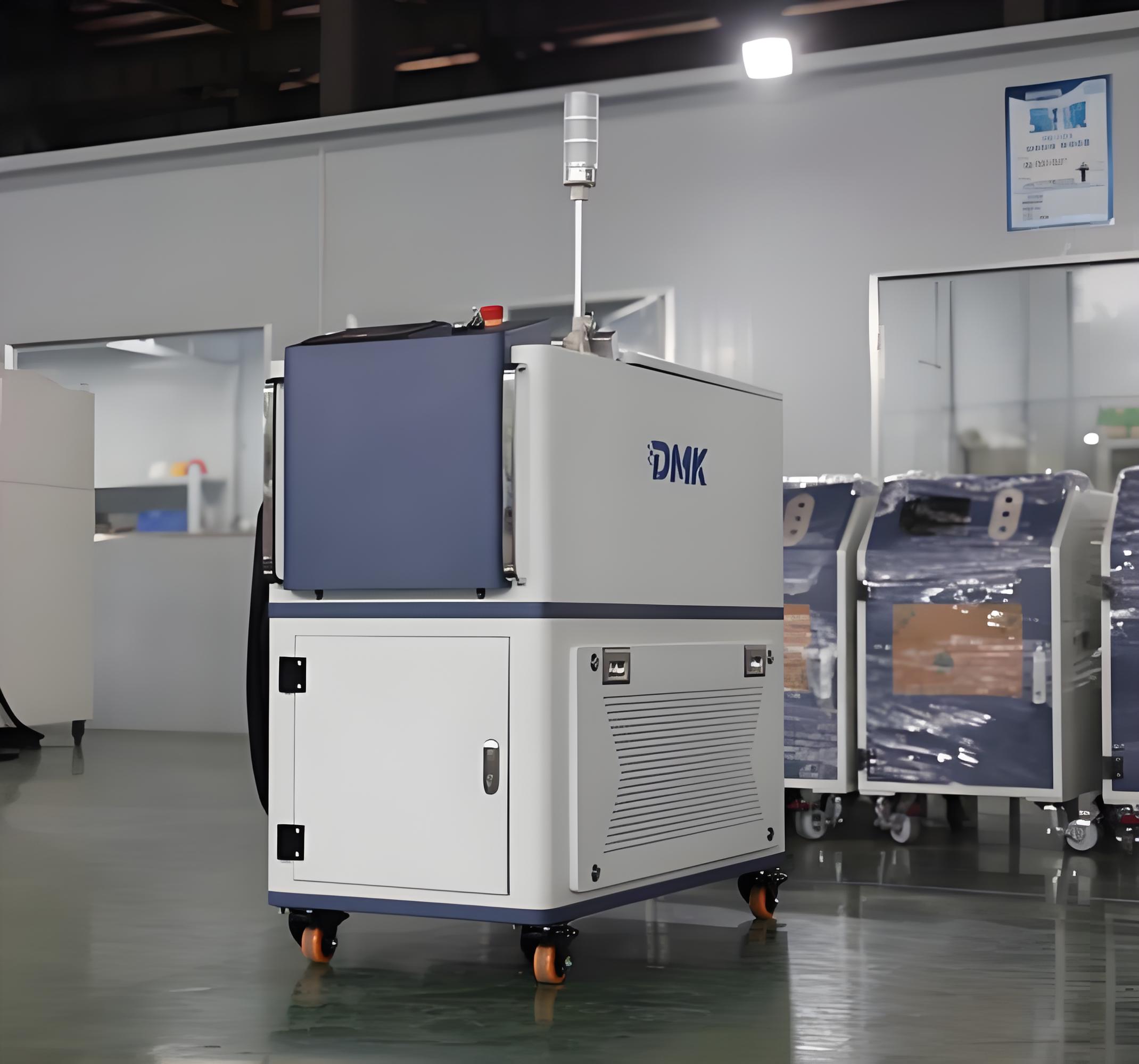
Practical Tips for Preserving Conductivity
Based on my experience, here’s how to ensure laser rust removal doesn’t compromise your metal’s conductivity:
Choose the Right Machine: Opt for a machine with adjustable power and pulse settings. I prefer fiber lasers with 50–500W range for most conductivity-sensitive tasks.
Test Before Full Application: Clean a small area and measure conductivity with a multimeter. I’ve used this method to confirm settings for clients in electronics.
Use Low Power for High-Conductivity Metals: For copper or silver, start at 50–100W and increase only if needed.
Maintain Optics: Dirty lenses can scatter the laser beam, reducing precision and increasing heat. I clean optics weekly in high-use environments.
Train Operators: Ensure your team understands how to adjust settings for different metals. I’ve seen untrained staff cause issues by using one-size-fits-all settings.
Real-World Example: A Close Call
A few years ago, I was consulting for an automotive parts manufacturer that needed to clean rust from copper electrical connectors. They were worried about conductivity because these parts were critical for vehicle wiring harnesses. We used a 200W fiber laser with short pulses, and the results were stellar—rust was gone, and conductivity tests showed no change. But during setup, we almost used a 500W setting, which a test run showed caused slight surface pitting. That experience reinforced the importance of testing and calibration, especially for high-stakes applications.
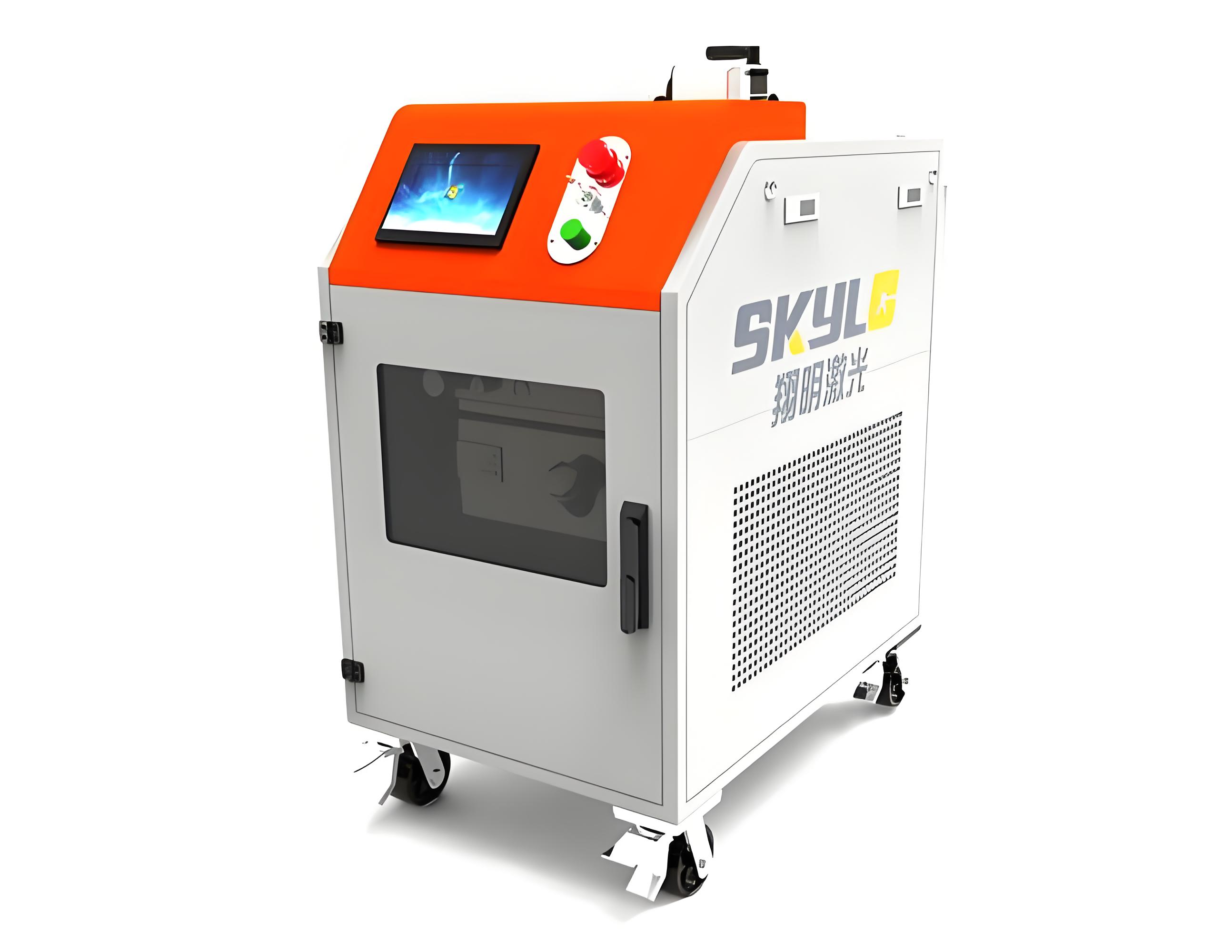
Comparing Laser Rust Removal to Other Methods
To put laser cleaning in context, let’s compare it to other rust removal methods I’ve used in terms of conductivity impact:
| Method | Conductivity Impact | Precision | Environmental Impact | Ease of Use |
|---|---|---|---|---|
| Laser Cleaning | Minimal (if properly set) | Very high | Low (no chemicals) | Moderate (requires training) |
| Sandblasting | Moderate (removes metal) | Low (can damage surface) | High (dust, media disposal) | Easy |
| Chemical Cleaning | Variable (residues possible) | Moderate | High (chemical waste) | Easy |
| Wire Brushing | High (alters surface) | Low | Low | Very easy |
Laser cleaning stands out for its minimal impact on conductivity and precision, making it ideal for applications where electrical performance is critical.
Long-Term Considerations
If you’re using laser rust removal regularly, here are some long-term tips I’ve learned:
Monitor Performance: Periodically test cleaned components for conductivity to catch any issues early.
Document Settings: Keep a log of successful settings for different metals. I’ve found this saves time when switching between projects.
Invest in Training: A well-trained team can prevent costly mistakes. I’ve run workshops that paid off in fewer errors and better results.
Regular Maintenance: Clean optics and cooling systems regularly to maintain performance. A neglected machine can lead to inconsistent cleaning.
My Perspective: Why Lasers Are Worth It
After years of working with laser rust removal, I’m convinced it’s one of the best tools for preserving metal properties like conductivity. The precision and control are unmatched, and with proper care, the risks are minimal. I’ve seen businesses—from small repair shops to large manufacturers—benefit from cleaner, more reliable components without sacrificing performance. The key is understanding your equipment and materials, and not cutting corners on setup or training.
If you’re worried about conductivity, rest assured that laser rust removal, when done right, is a safe bet. It’s saved me and my clients countless hours compared to traditional methods, and the results speak for themselves—clean, conductive surfaces ready for action.
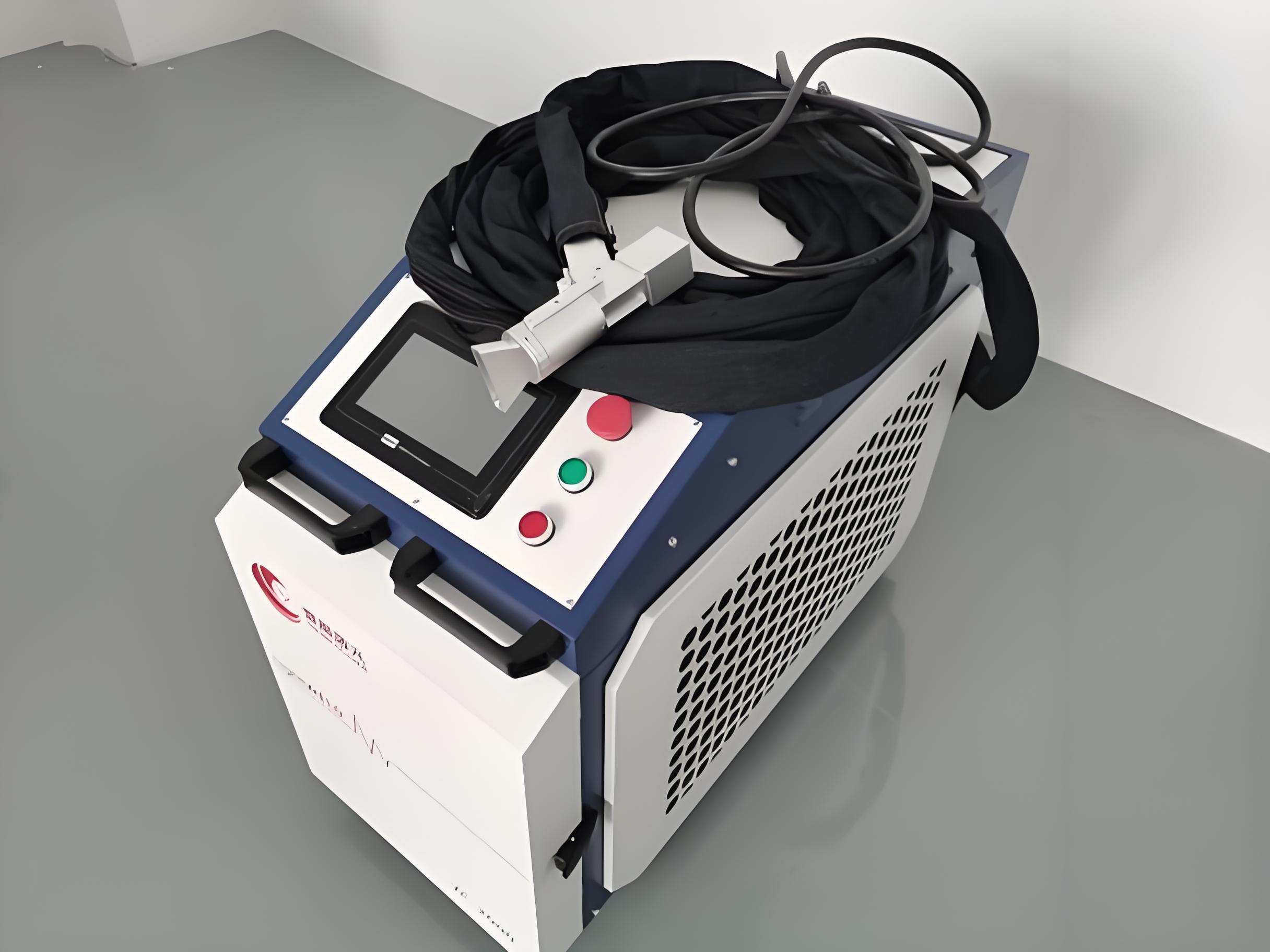
Related Questions and Answers
Q: Can laser rust removal damage thin metal sheets?
A: It can if the power is too high or pulses are too long. Use low-power settings (50–100W) and test on a scrap piece to avoid overheating or surface changes.
Q: Is laser cleaning safe for electronic components?
A: Yes, with proper settings. Use low power and short pulses to avoid heat buildup. Always wear protective eyewear and ensure proper ventilation.
Q: How do I know if my laser settings are correct?
A: Test on a sample piece and measure conductivity with a multimeter. Start with conservative settings (e.g., 50W, short pulses) and adjust based on results.
Q: Does laser cleaning leave any residue?
A: No, it’s a residue-free process. The rust vaporizes or turns into plasma, which is removed by a fume extractor or ventilation system.
Q: Can I use laser rust removal on non-conductive metals?
A: Conductivity isn’t a factor for cleaning effectiveness. Lasers work on any metal, but for conductive ones, take extra care to avoid surface changes.

